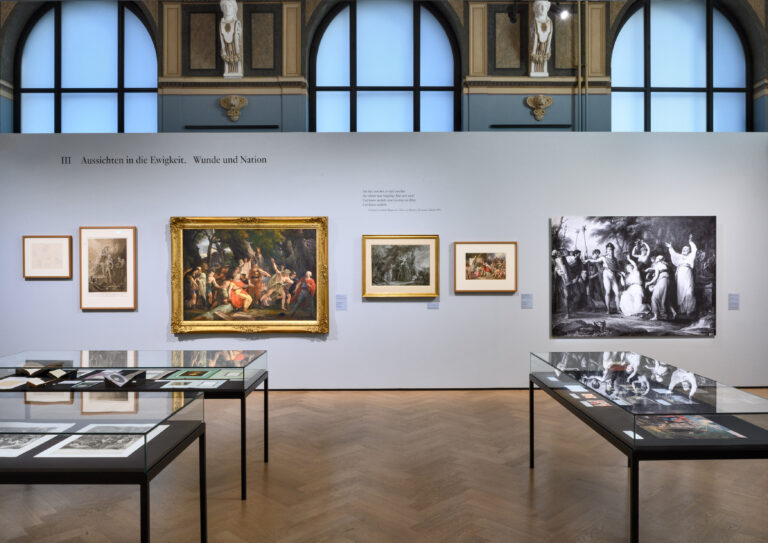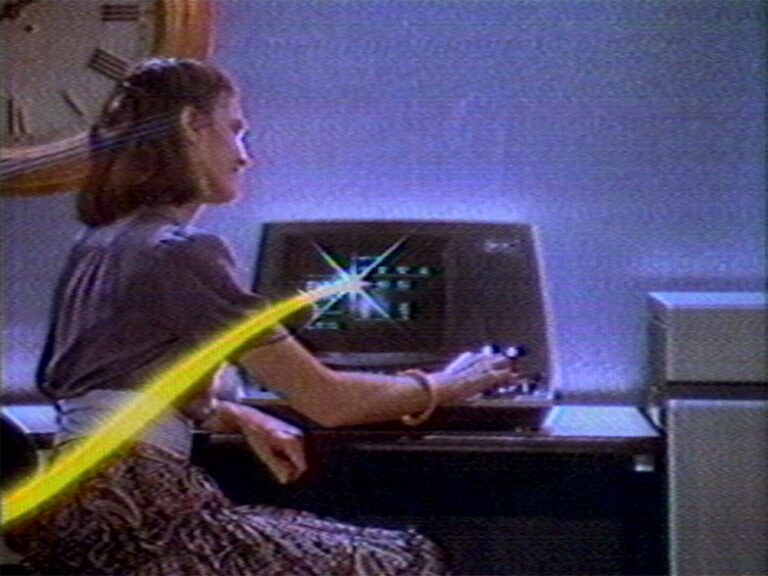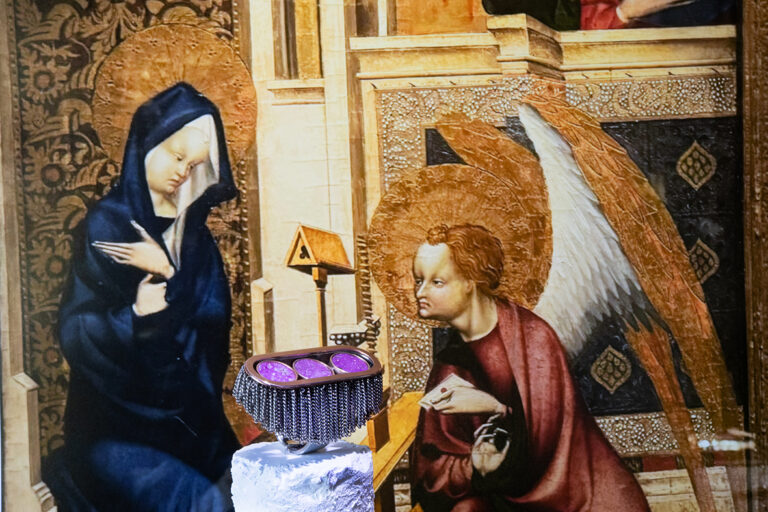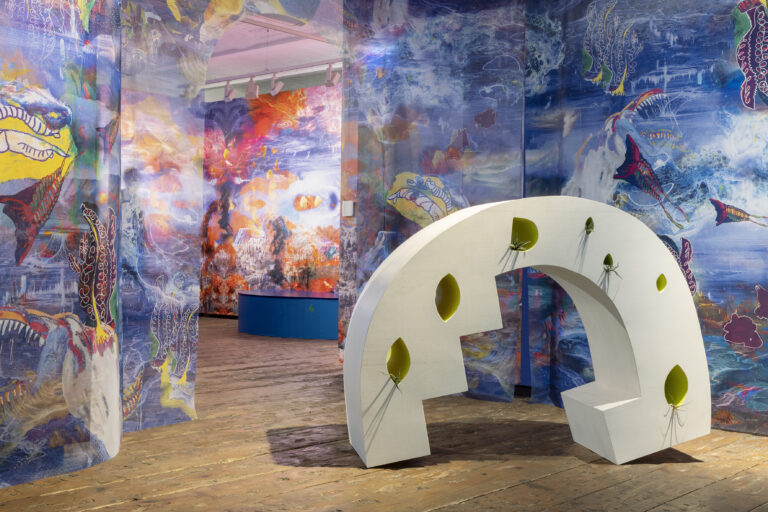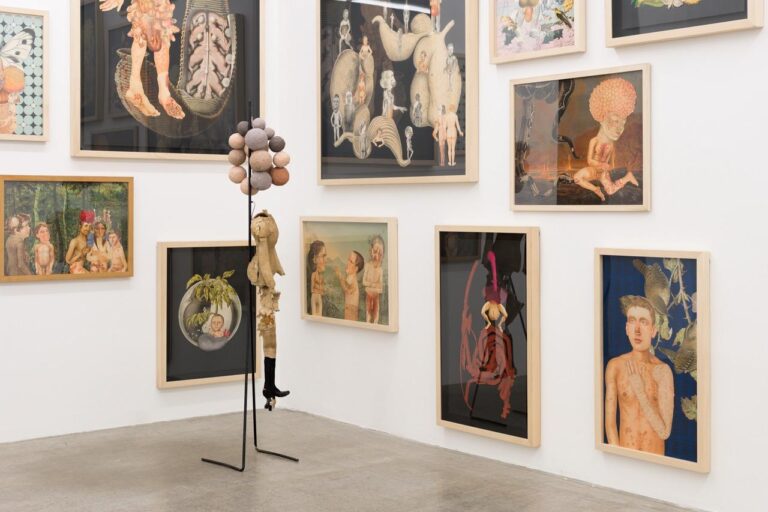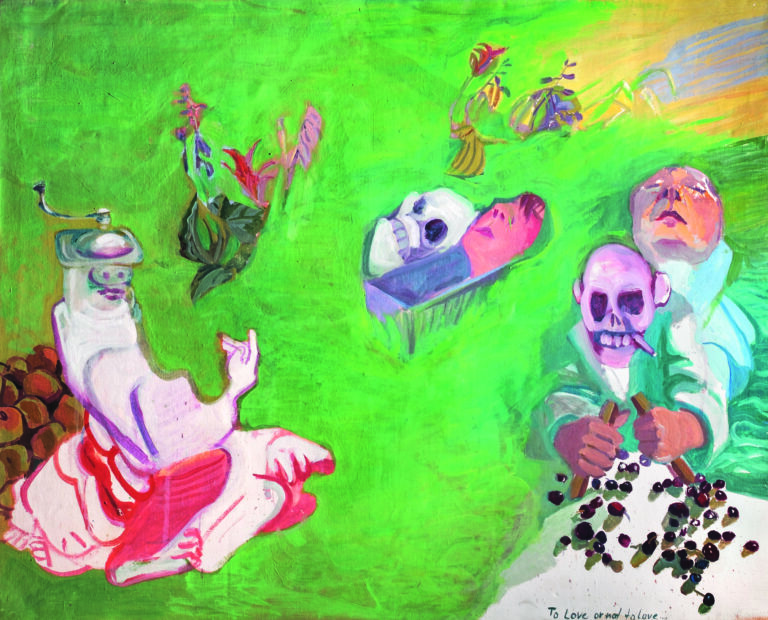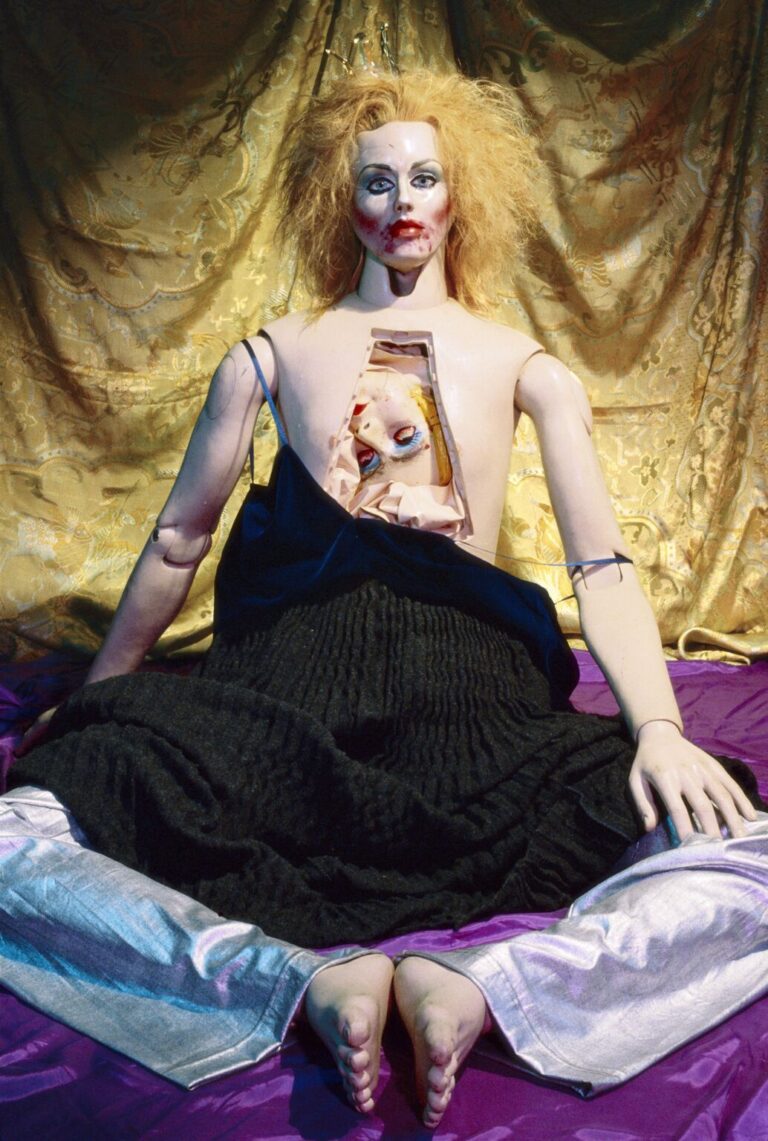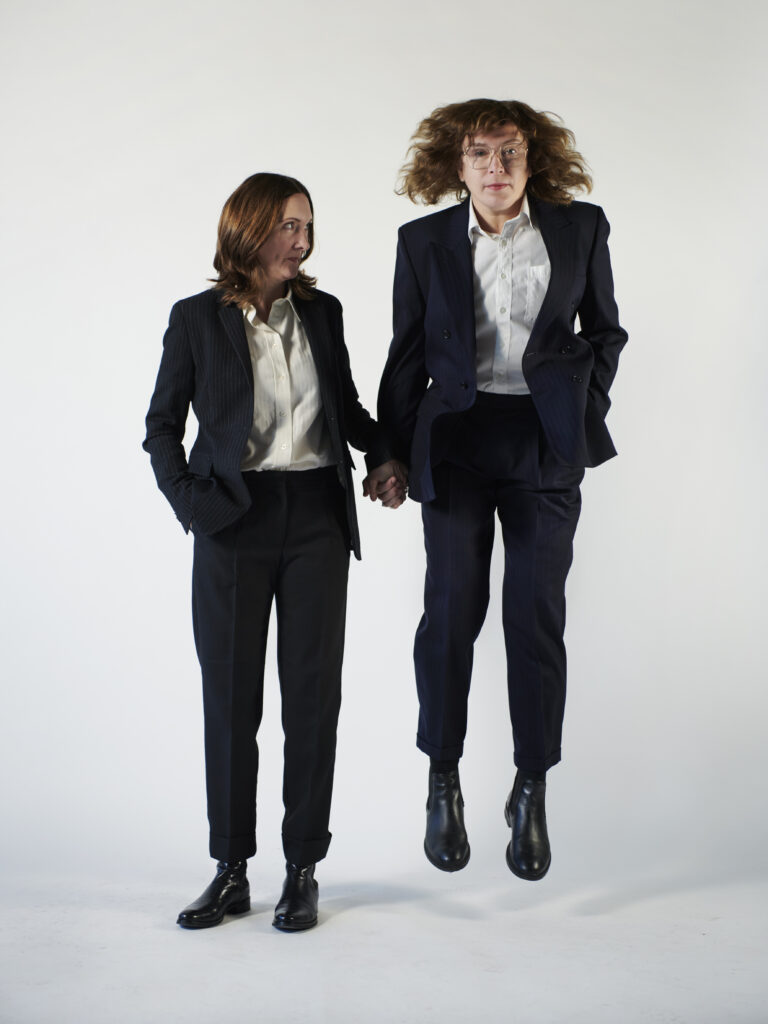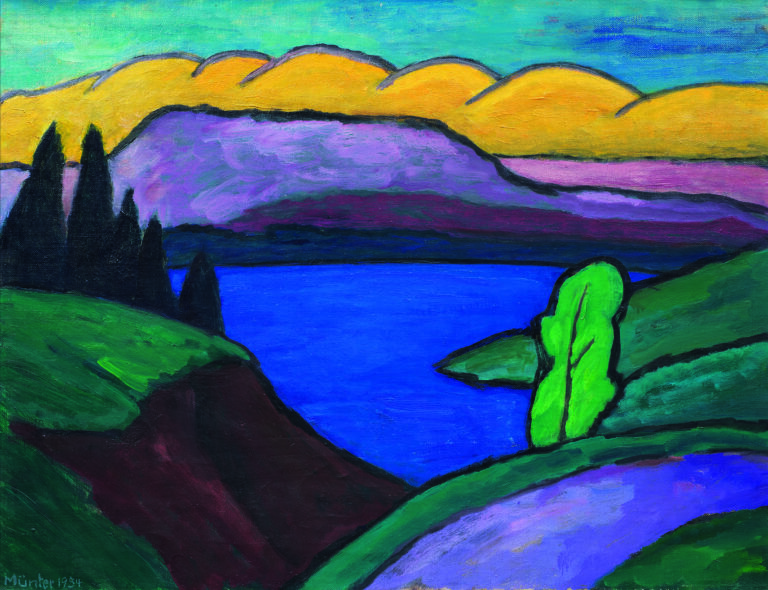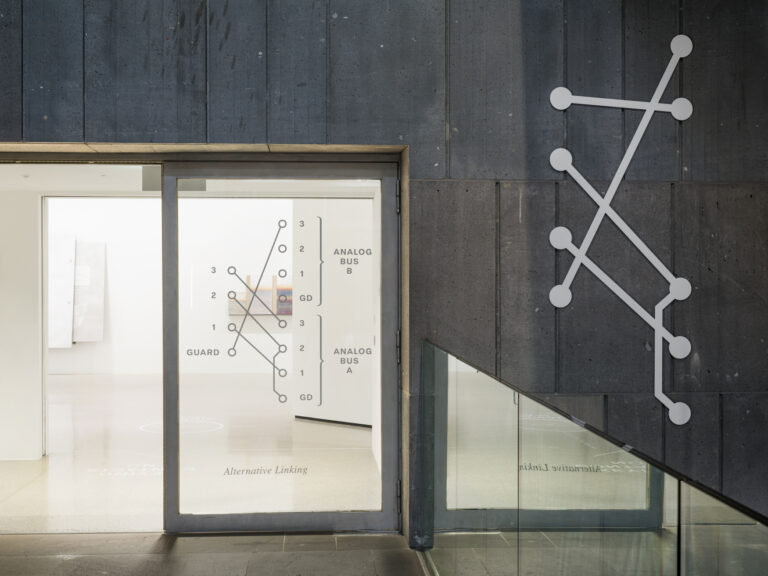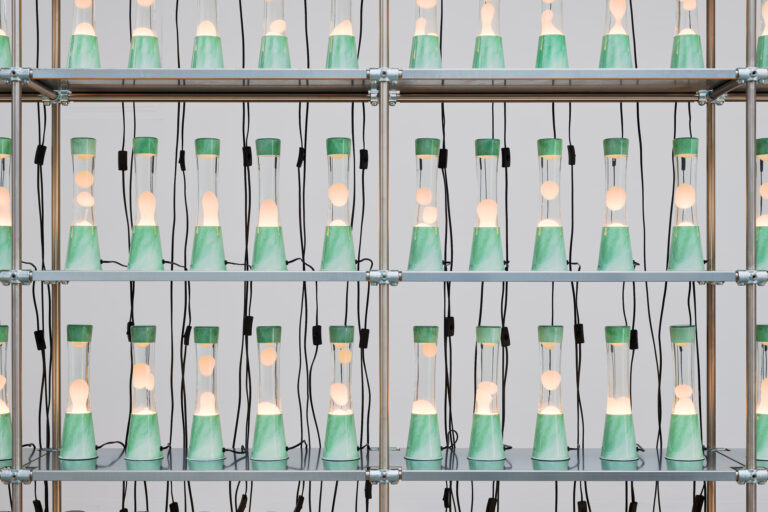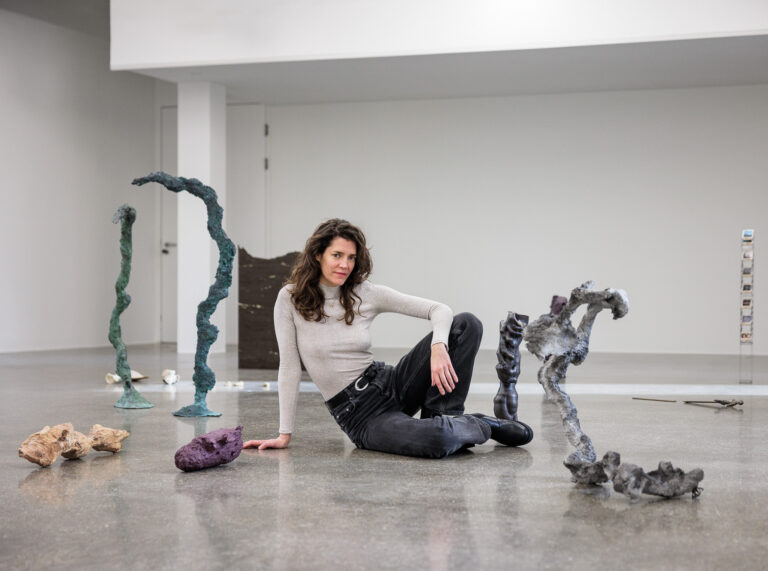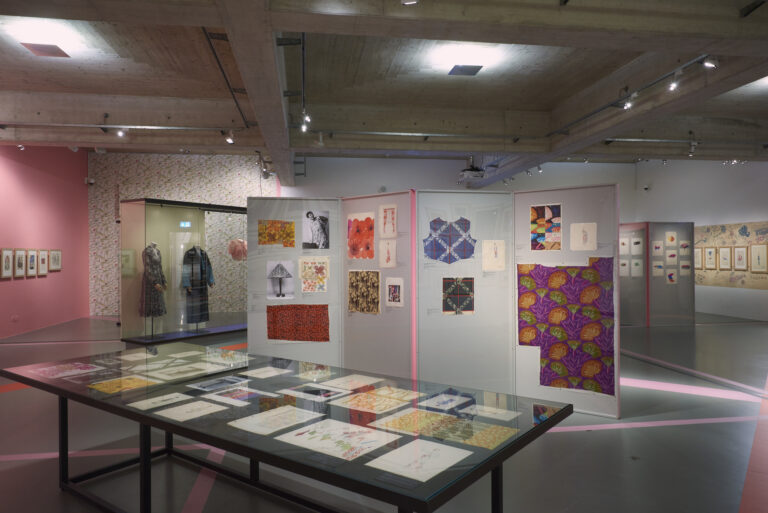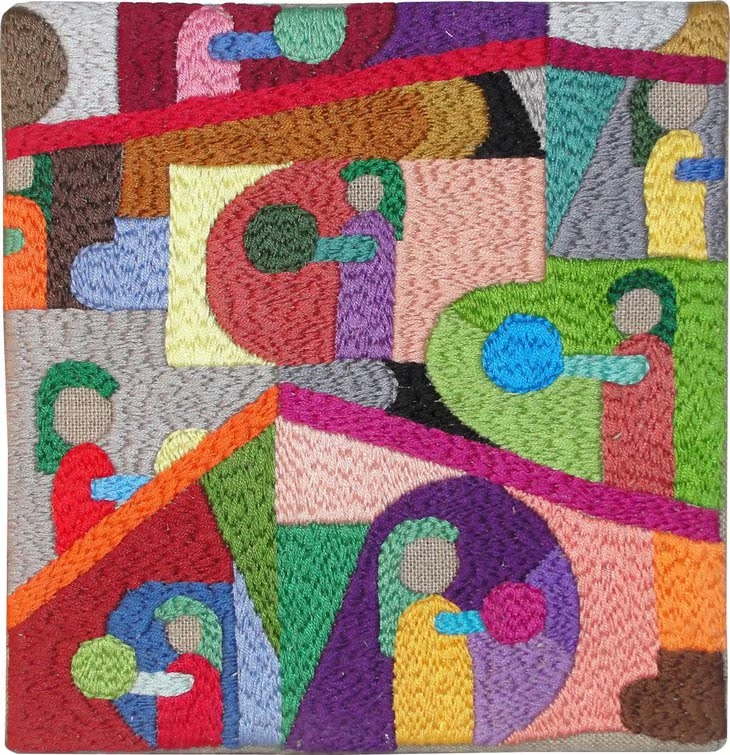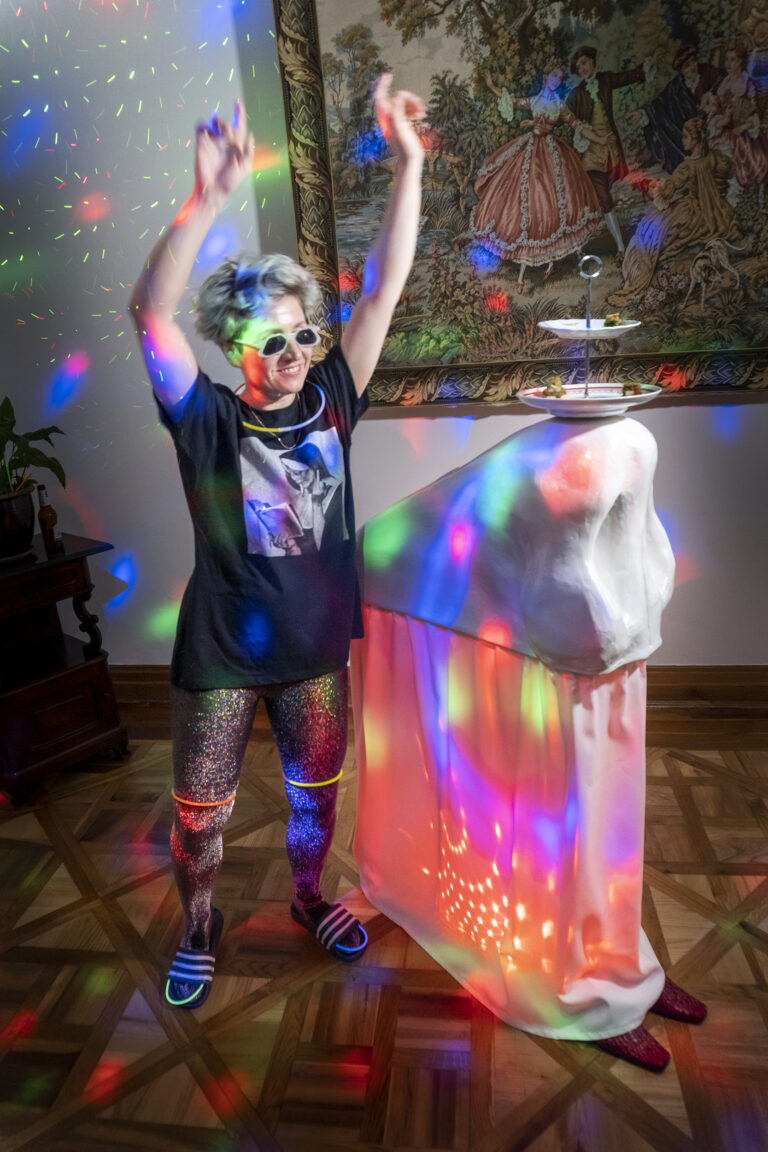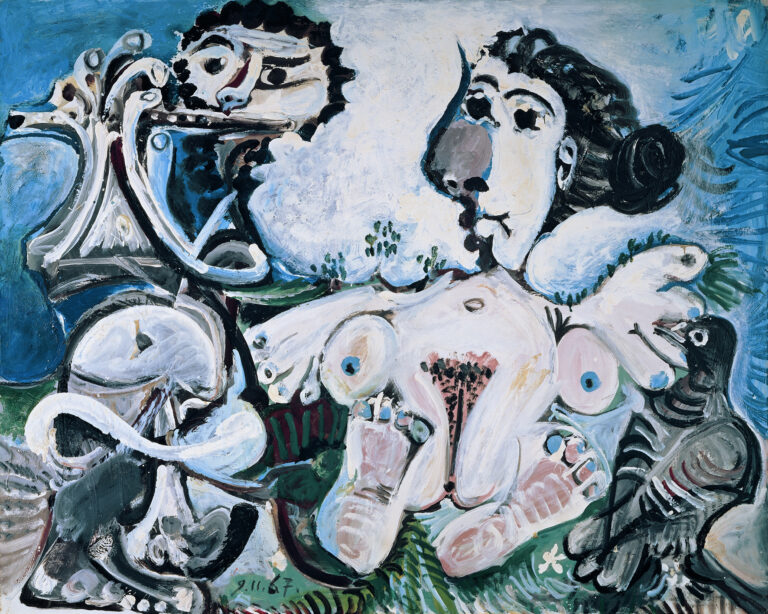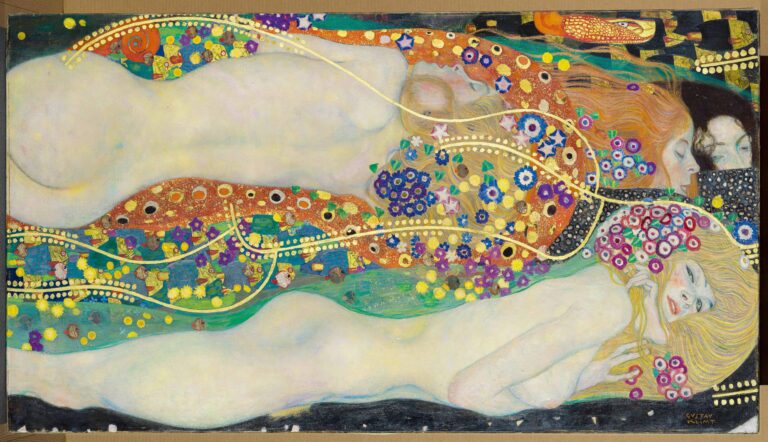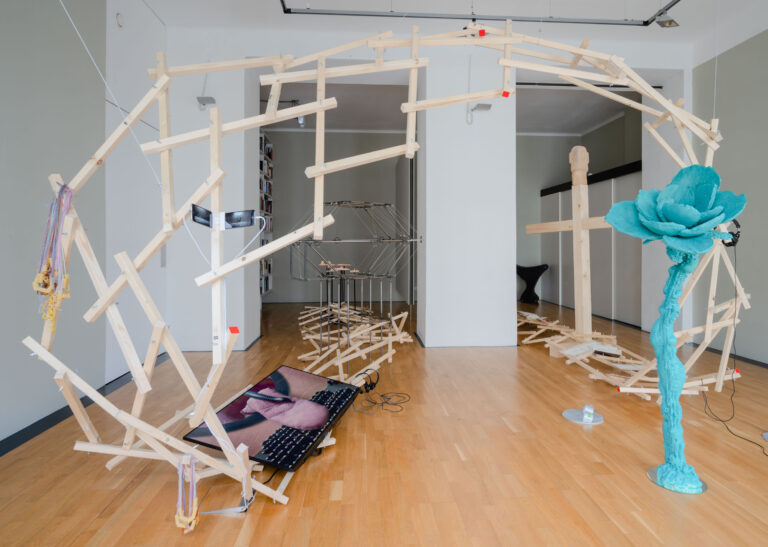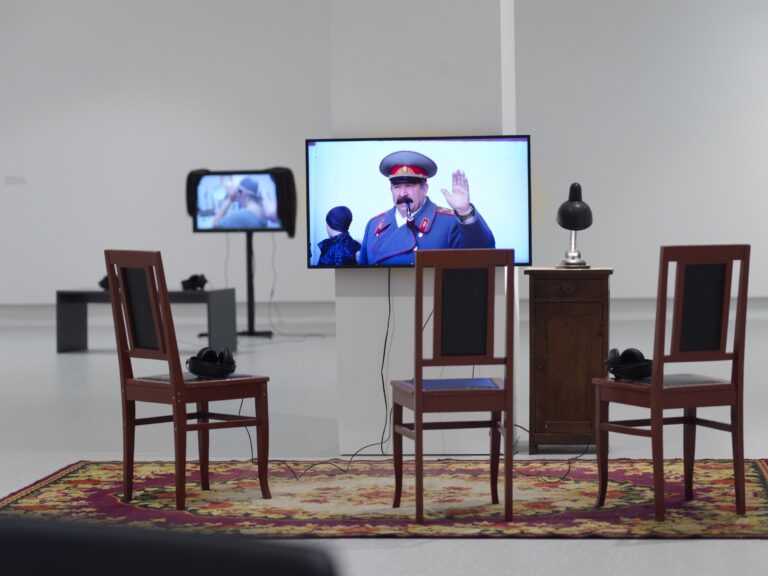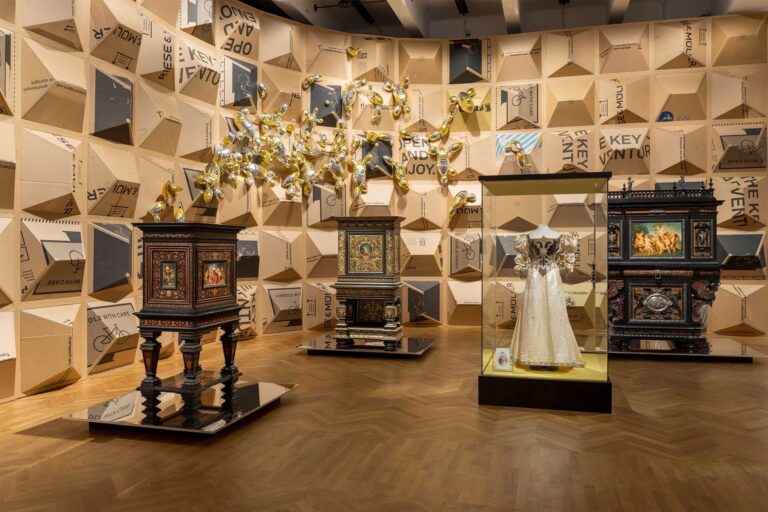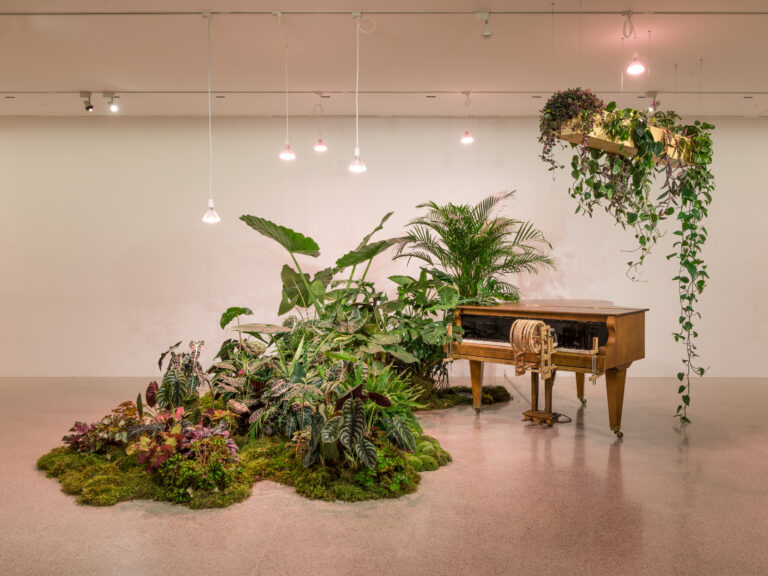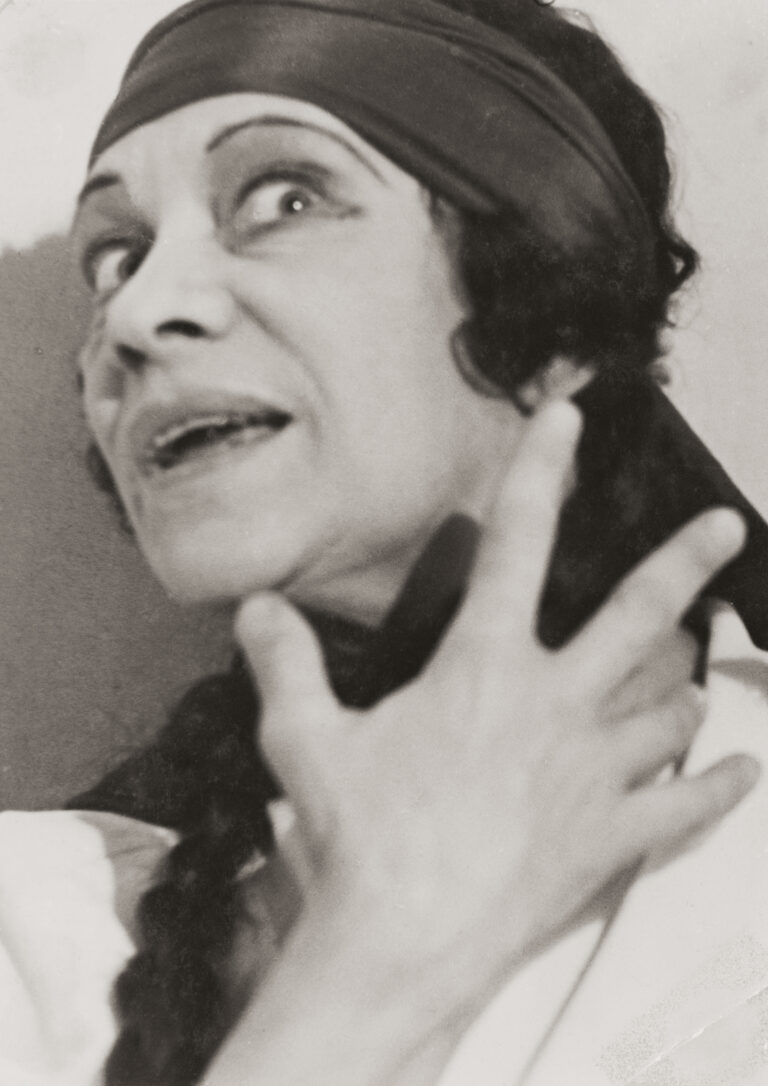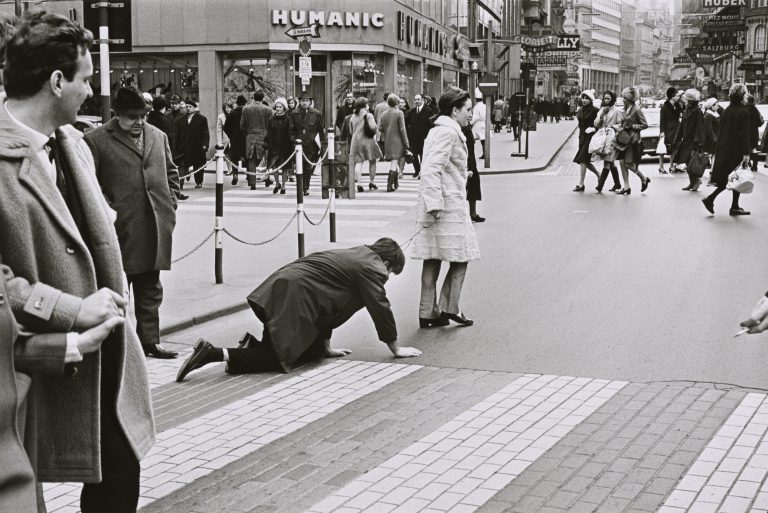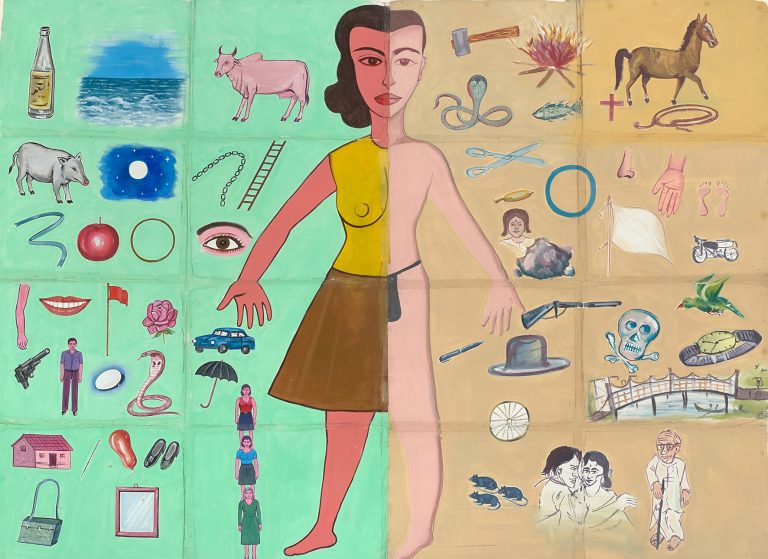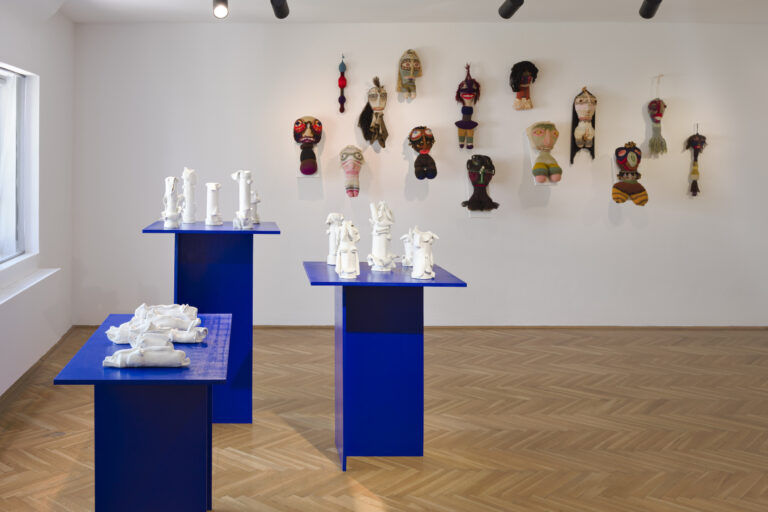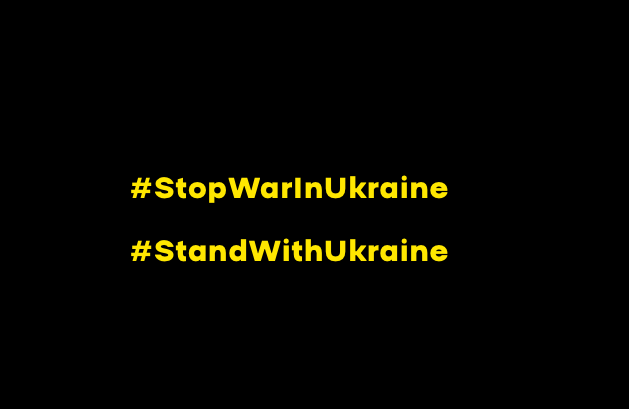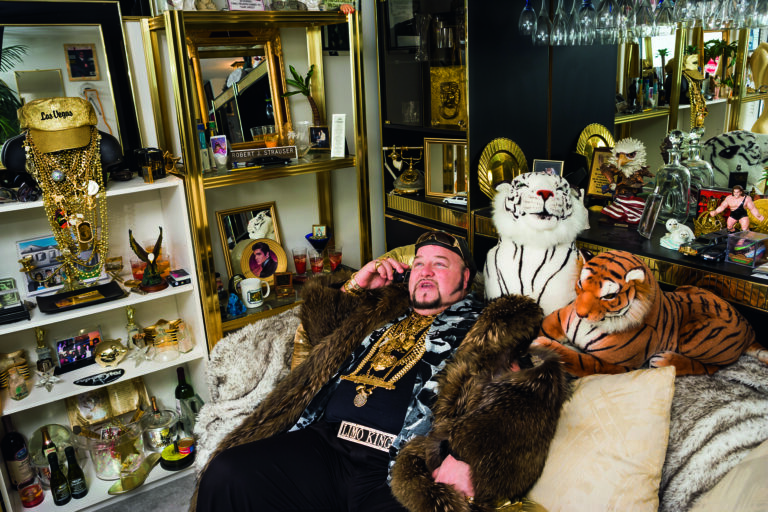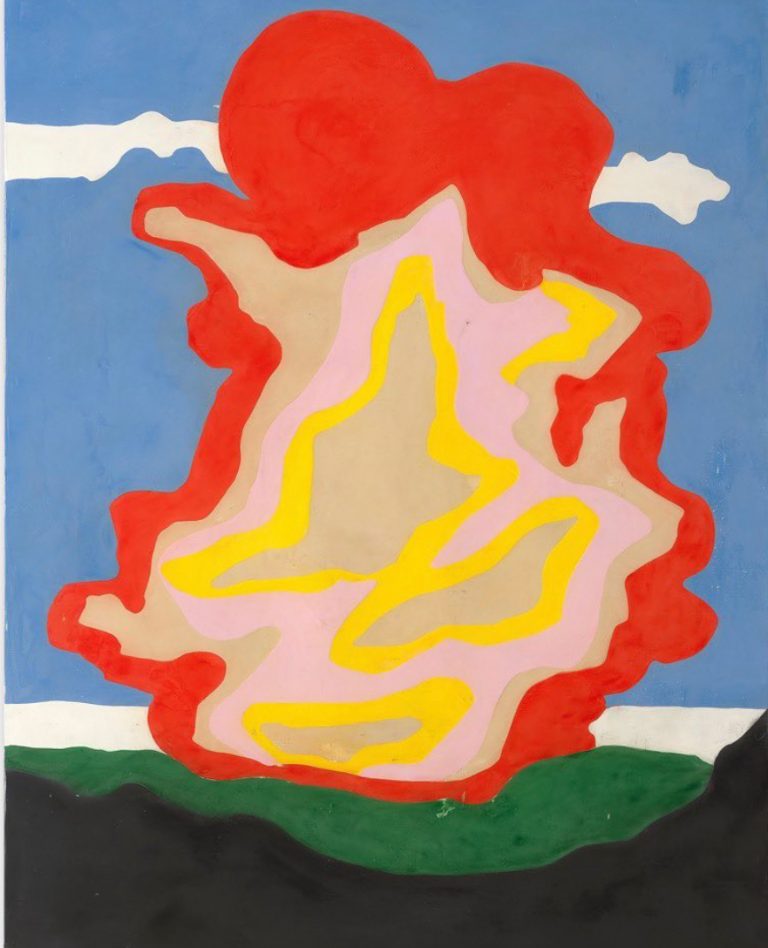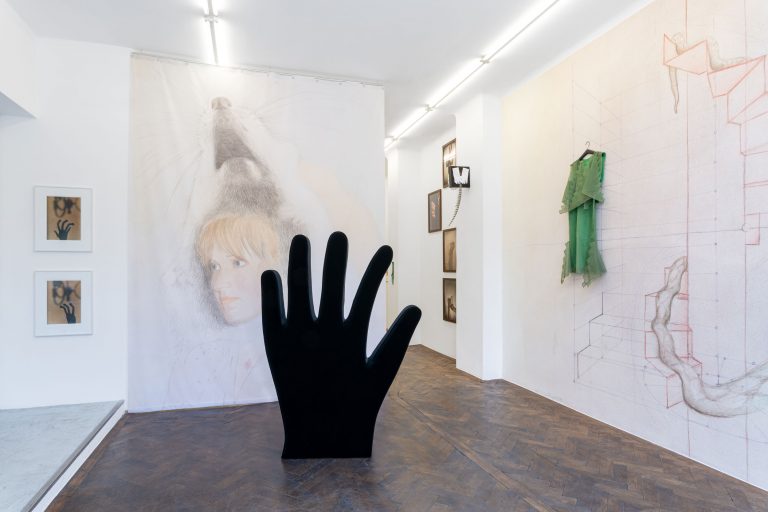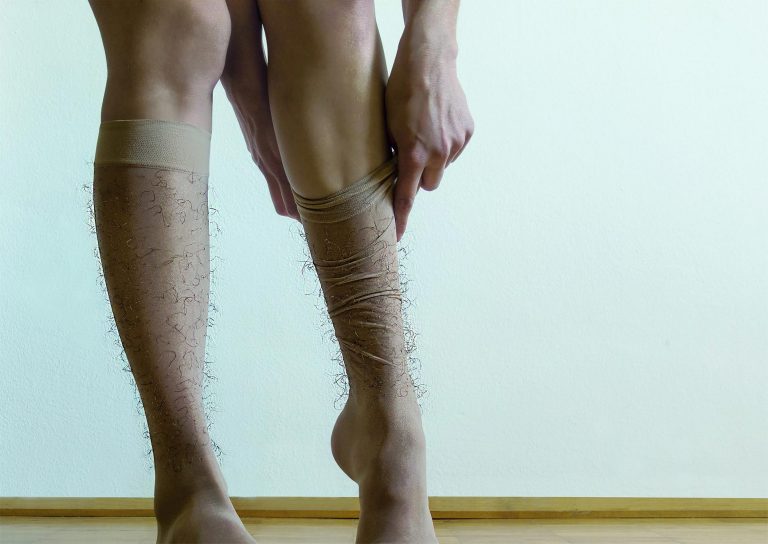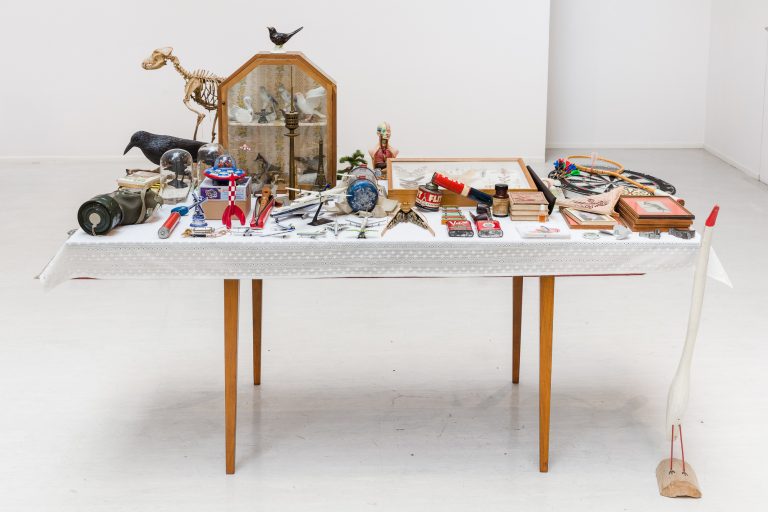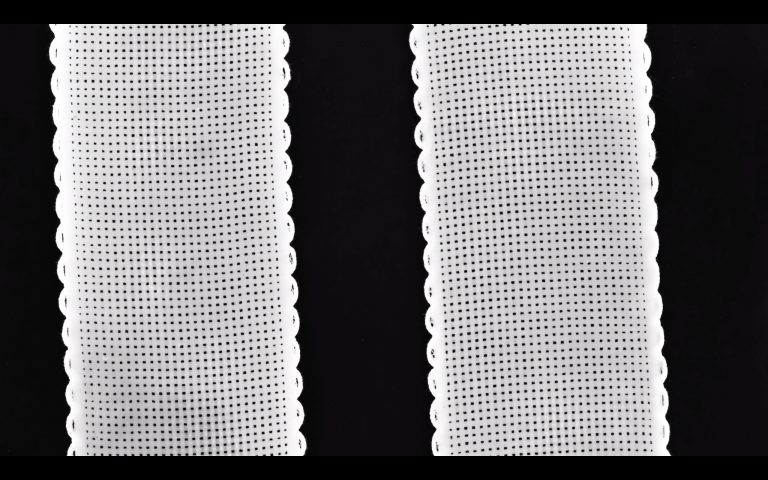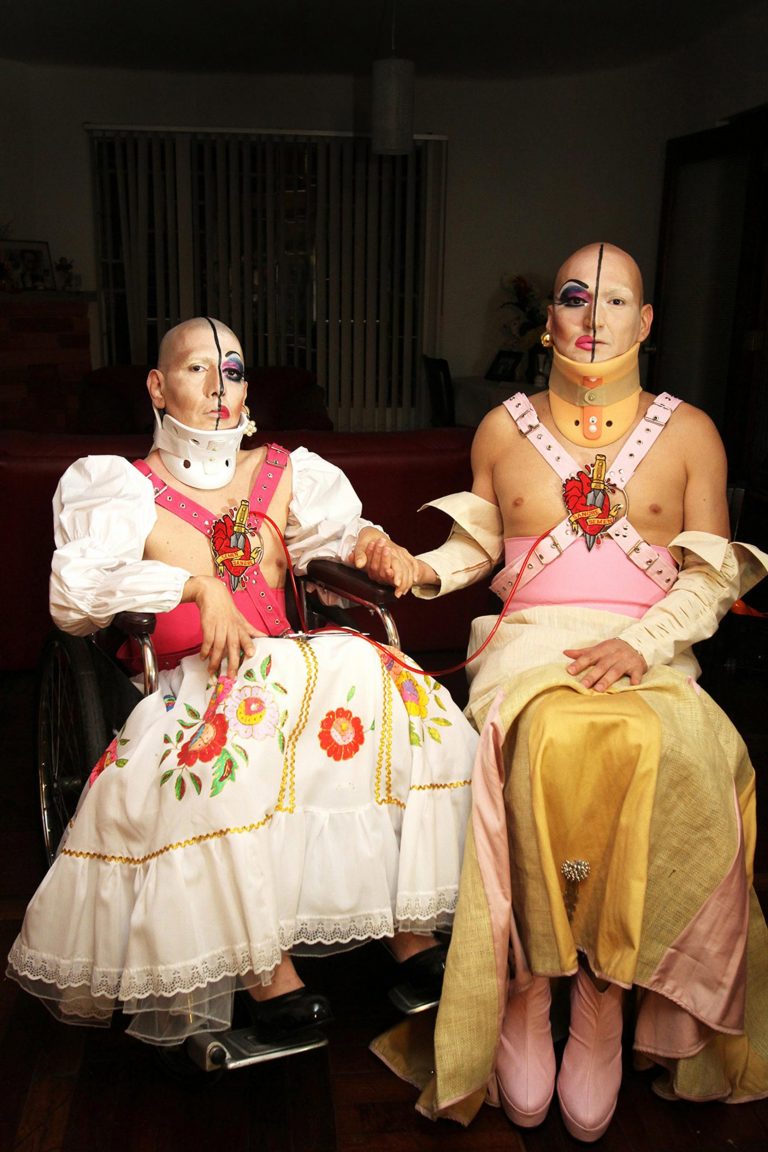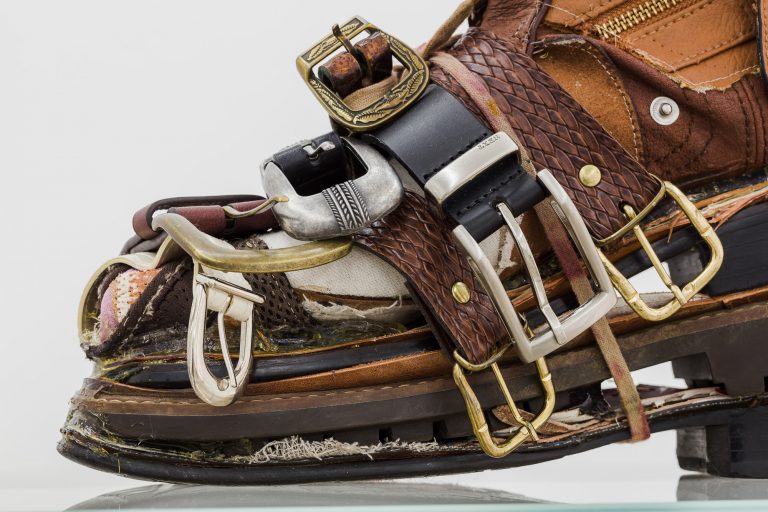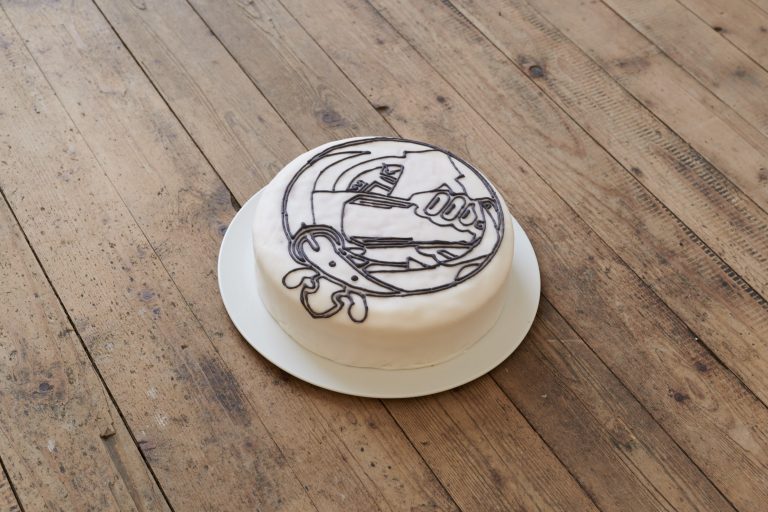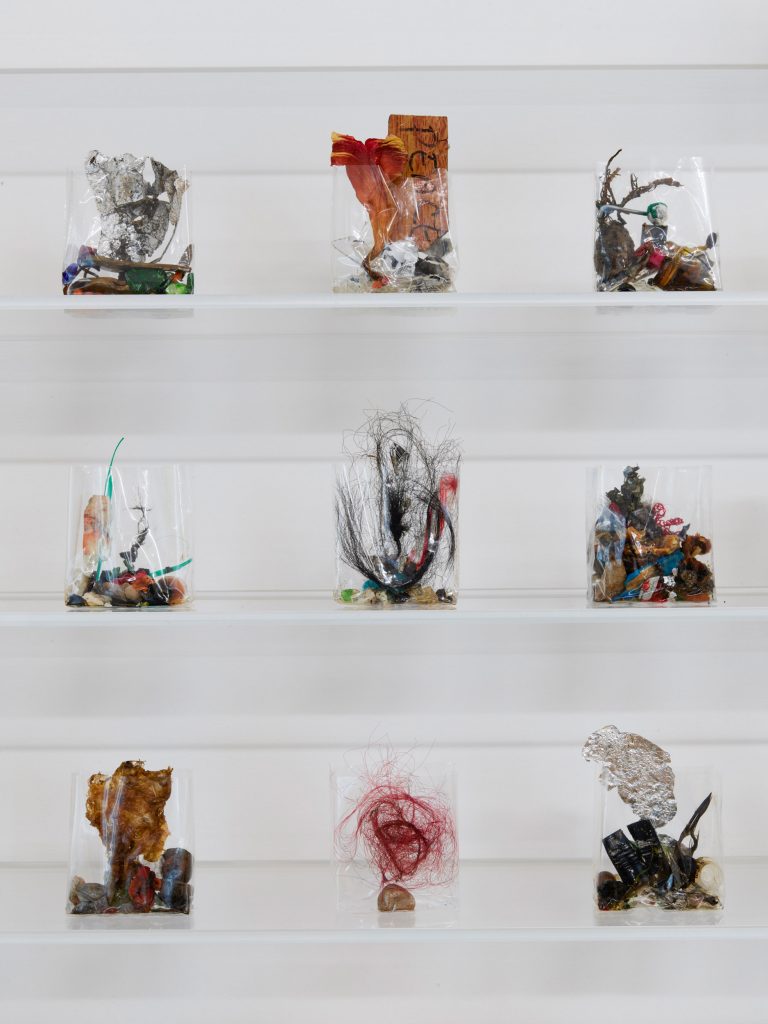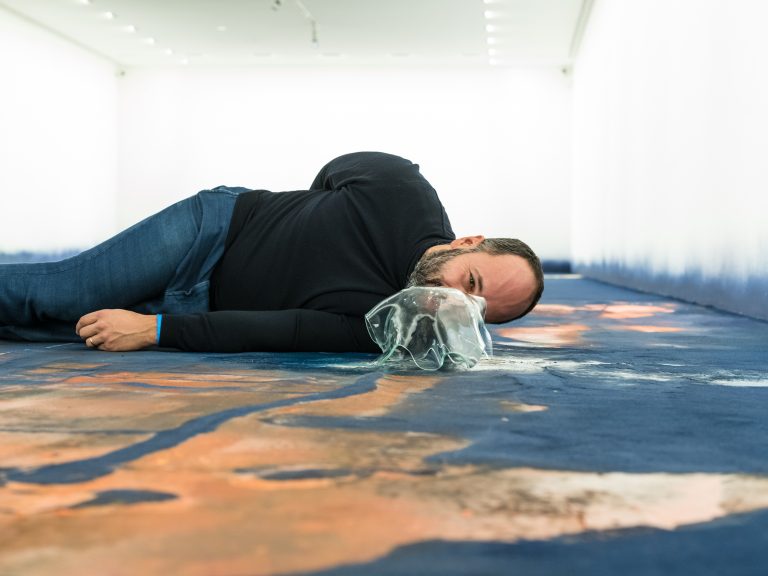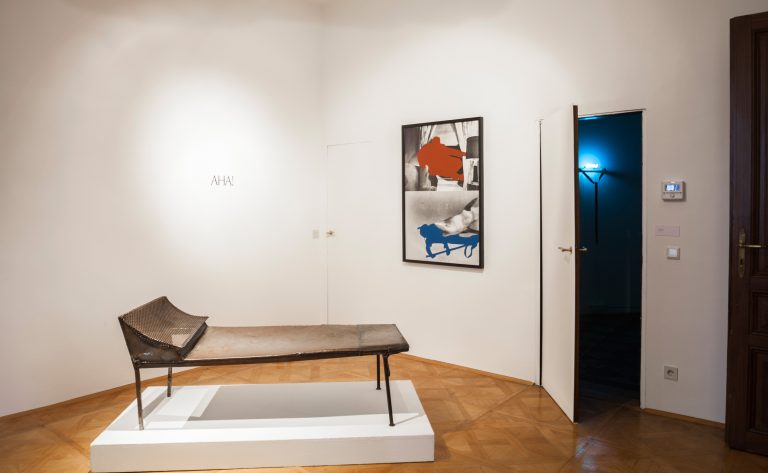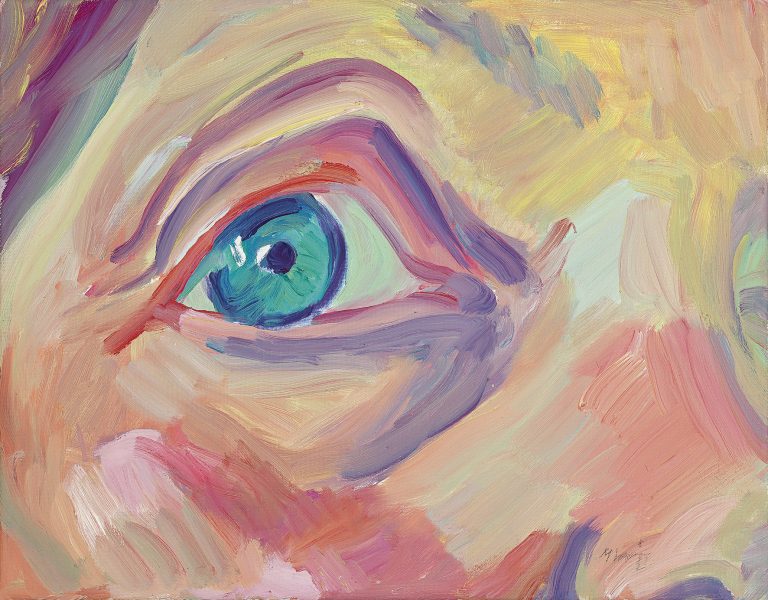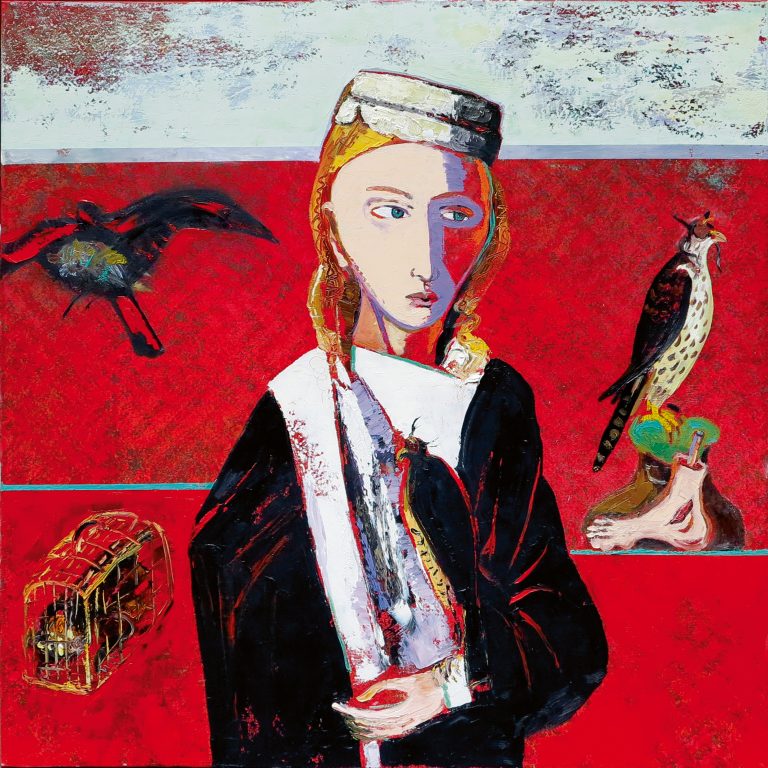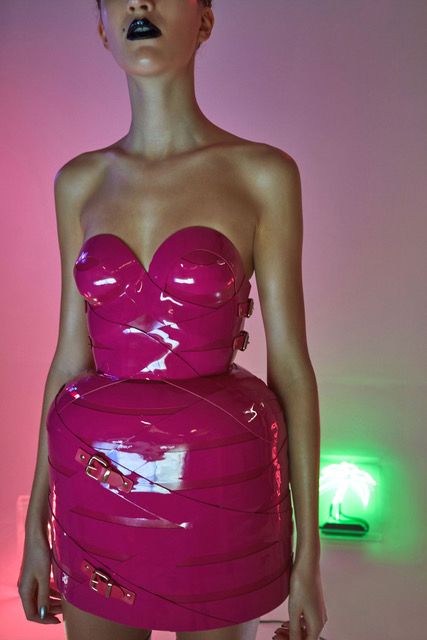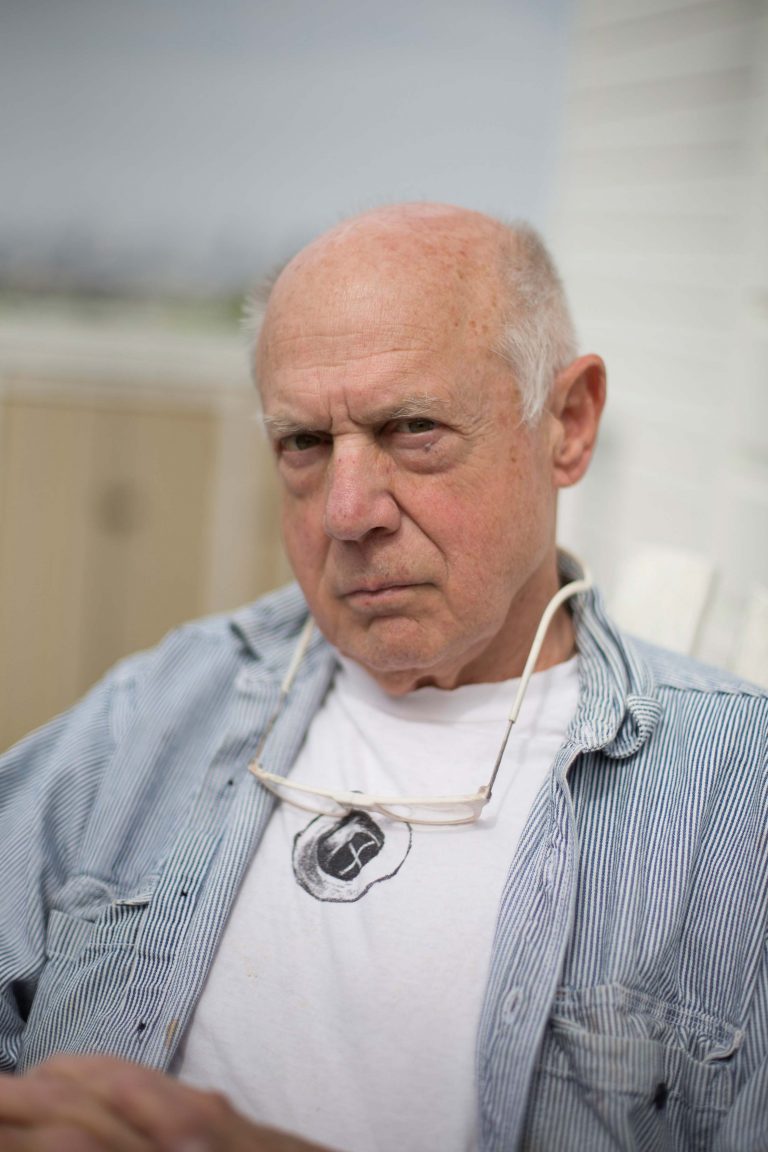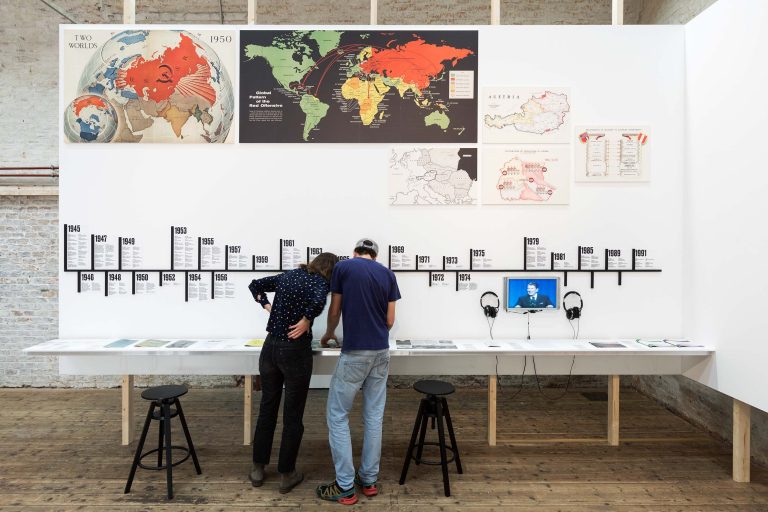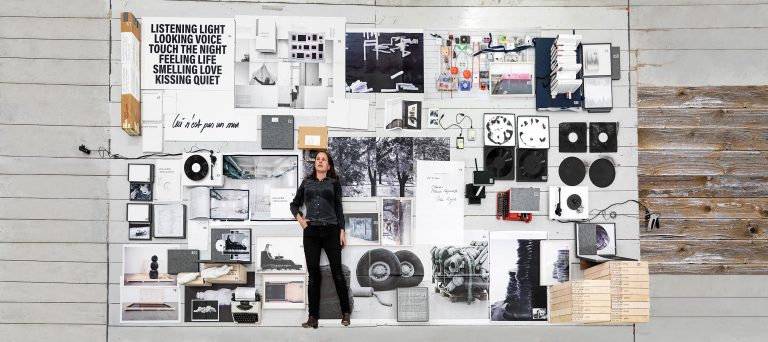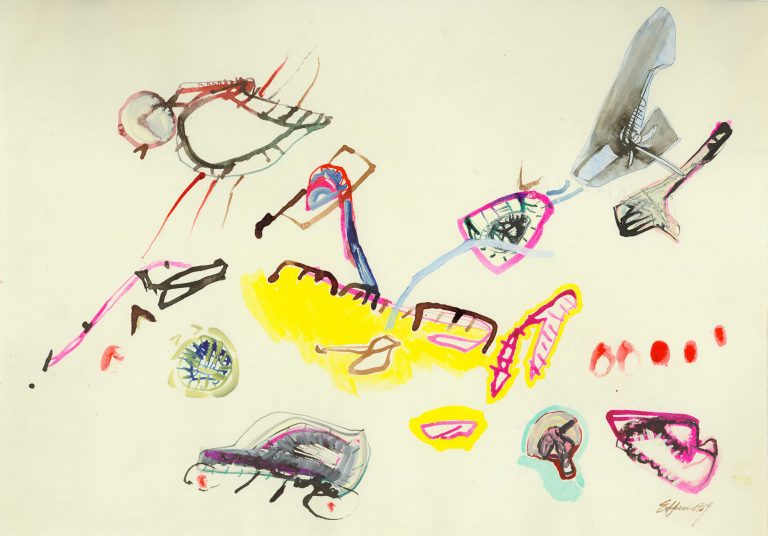Forms that inhabit me – Simone Fattal at the Vienna Secession
The versatile work of this impressive artist is shown in a wonderfully timeless presentation. A text by Sabine B. Vogel.
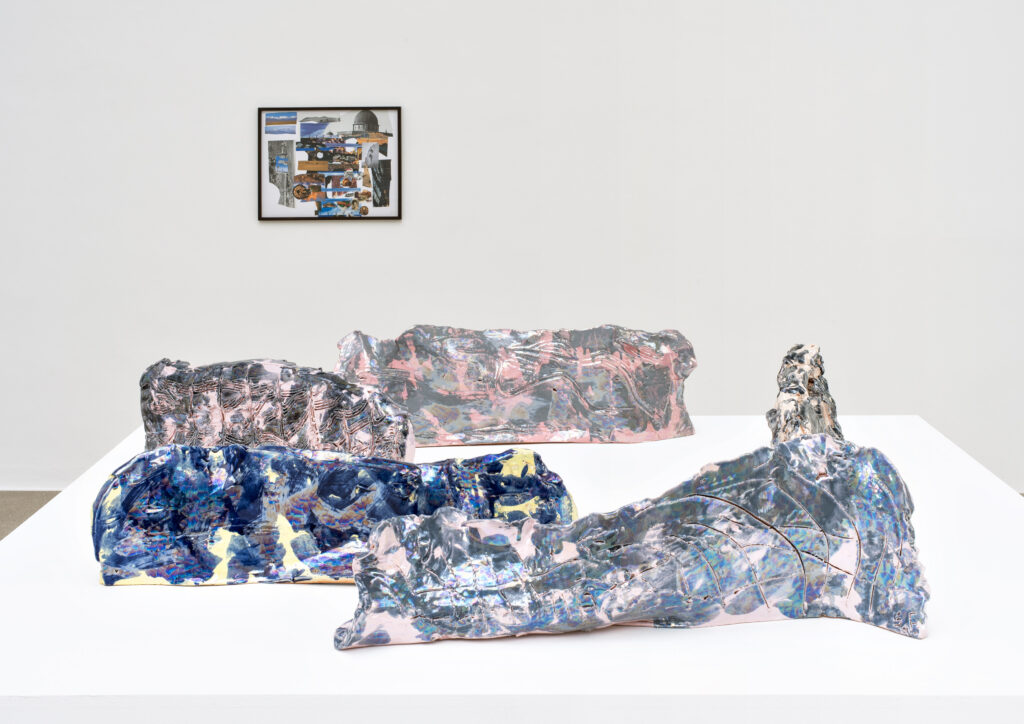
Simone Fattal: metaphorS. Exhibition, Secession Wien, Vienna, 21.6.–8.9.2024
Her career is remarkable: born in Damascus in 1942, trained as a philosopher in Paris, successful as a painter in Beirut in the 1960s, Simone Fattal founded the Post-Apollo Press publishing house for experimental writing in California in 1982. After the turn of the millennium, she created her ceramic sculptures, which are now represented in the collections of major museums. Now the Paris-based artist is exhibiting in the main room of the Secession.
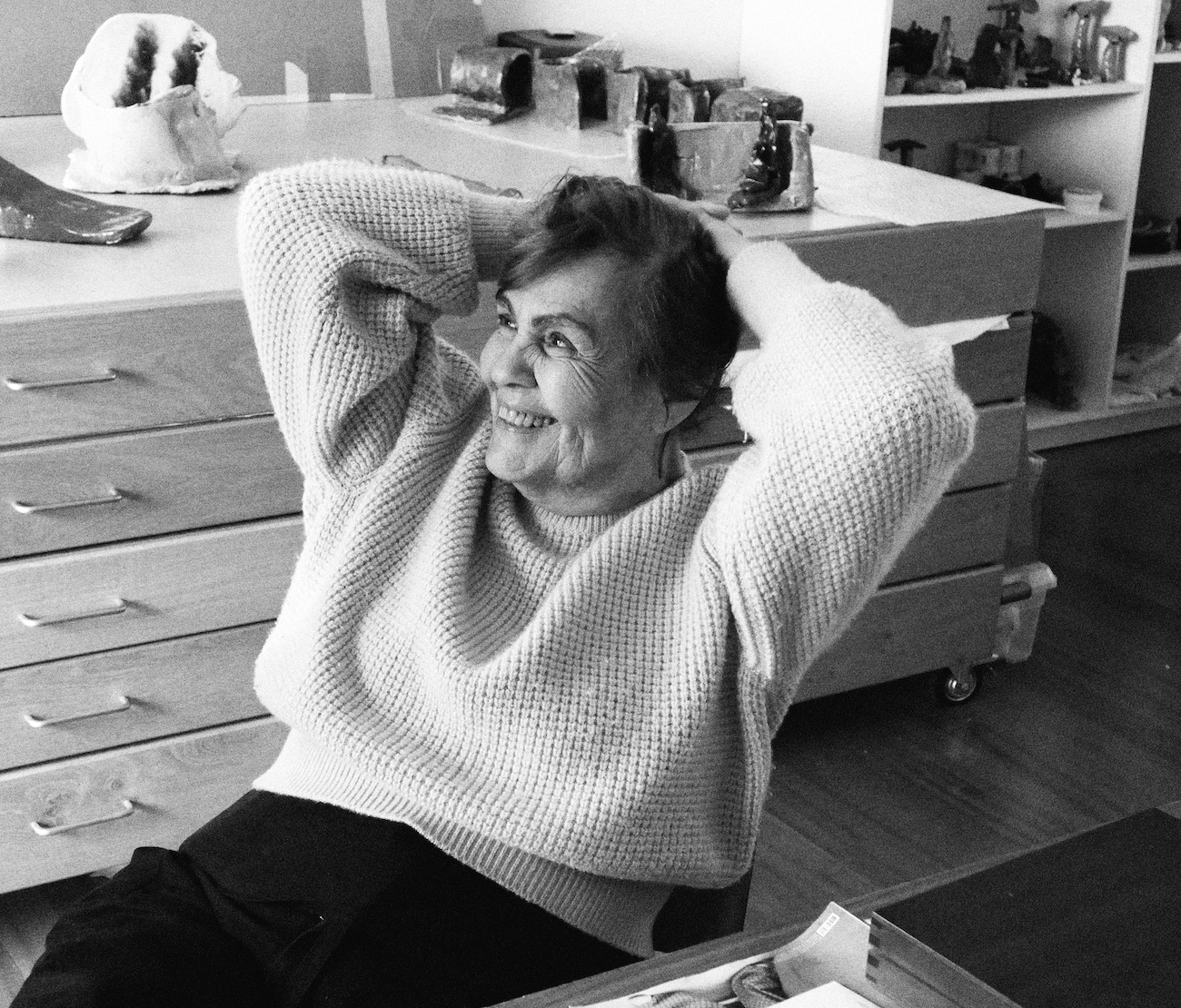
Simone Fattal, portrayed by Sabo Day
It is a wonderfully timeless presentation with lots of sculptures arranged in small groups, mostly on pedestals. Sometimes they are reminiscent of models for walls, but are very small, very thin and, above all, very colorful. Others are reminiscent of mushrooms or lie in the room as spheres decorated with Arabic characters. Opposite them, free-standing, hull-less lower bodies with heads placed on top form a semicircle. These are sculptures that fascinate in their independence – and challenge us.

Simone Fattal, metaphorS, installation view, Secession 2024, photo: Iris Ranzinger
Because nothing here is easily interpretable. Nothing follows the omnipresent identity-political discourses, neither queerness nor colonialism impose themselves here – the artist, who lived with her partner Etel Adnan (1925-2021), has no need for that. Her art is refreshingly free of discourse, timeless, showing a joy in the search for form, in working with her hands, with the material clay, with ceramics. The sculptures are often roughly formed and yet fragile.
Hanging all around are collages that are similarly open. On one collage, photo snippets of the desert meet icebergs, on a map we read the geographical indication ‘Burr Desert’ – maybe this refers to the area in the US state of Utah? But it wouldn’t explain any more. It tells “stories of humanity, culture and the present”, we read in the press release, with some figures referring to Adam, Gilgamesh and Dhat al-Himma. The lower bodies are “metaphors for human existence”.

Simone Fattal, metaphorS, installation view, Secession 2024, photo: Iris Ranzinger
For Qatar, she created a sculpture – not exhibited in Vienna – in the desert north of Doha. During our visit in February, the three works carved from granite seemed to us like shelters, from the sun, from the sand. In the catalog for the Secession exhibition, she explains in an interview with Cecilia Alemani that she has combined “all the elements I found in the desert, pyramid, tent, dune”. That sounds like understatement, but also like a liberating immediacy.
Similar to these outdoor sculptures, the boundary between natural and artistic form is also fluid in the objects in the Secession. Or as she says in the interview: “I really can’t explain how the forms enter my consciousness – and my body. (…) I believe that these forms inhabit me.”

Simone Fattal's sculptures in Doha, Qatar. Photo: Sabine B. Vogel
